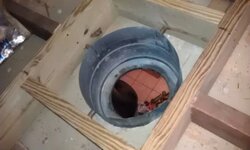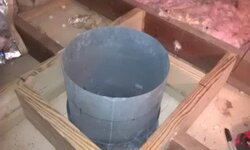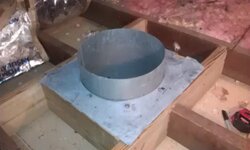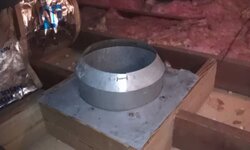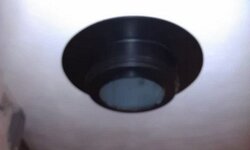Just installed a support box in a cramped, dusty, mouse turd space in the attic. The support box, double insulated pipe and flashing/storm collar was removed from an elderly couples home. The contractor removed the support box while I removed the insulated pipe so I wasn't 100% sure what the assembly looked like. After reviewing a few web sites showing the different support box installs I'm hoping I've got the assembly correct before I completely secure it to the frame and take the next step to install the rest of the pipe. I'm working with used parts but still in good condition with little use. Yes I had to cut the 2x6 ceiling joist and re-frame since it's the only route the stove and pipe can best be located. So, curious to know if everything looks right. It's my first install.
Support box install. Need input on correct install
- Thread starter Leroy_B
- Start date
-
Active since 1995, Hearth.com is THE place on the internet for free information and advice about wood stoves, pellet stoves and other energy saving equipment.
We strive to provide opinions, articles, discussions and history related to Hearth Products and in a more general sense, energy issues.
We promote the EFFICIENT, RESPONSIBLE, CLEAN and SAFE use of all fuels, whether renewable or fossil.


